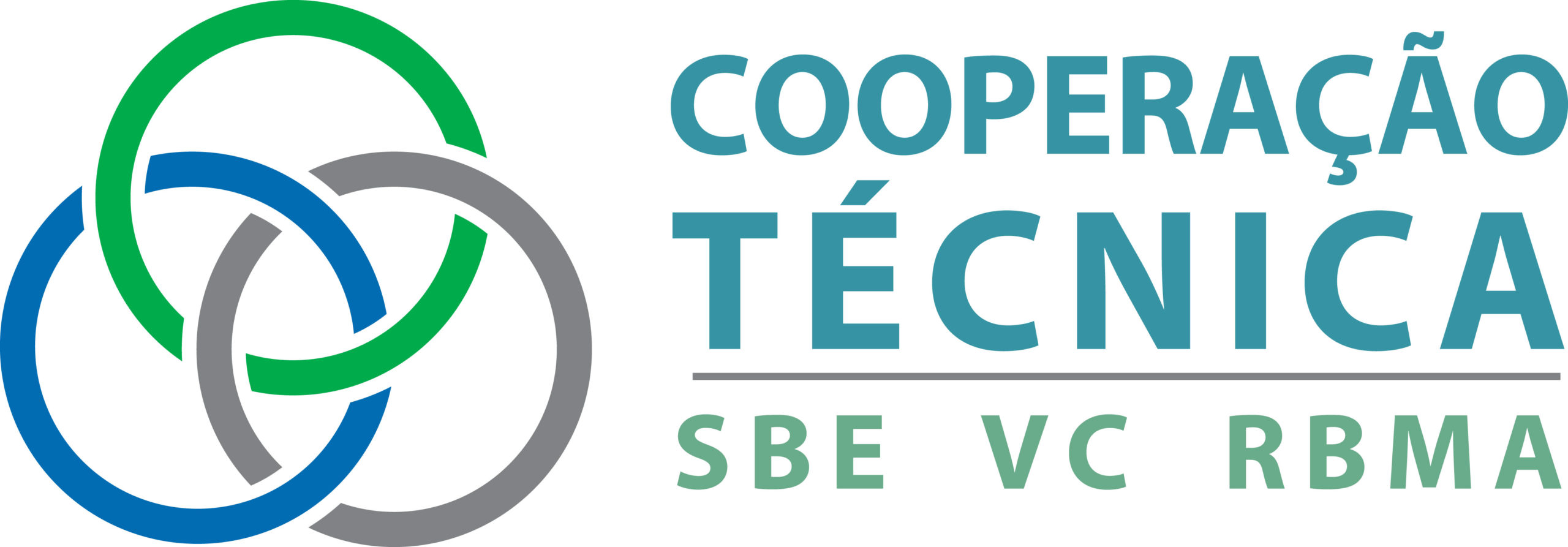The importance of the initiative of an agreement for technical cooperation between Votorantim Cimentos, The Brazilian Speleological Society (SBE), and the Biosphere Reserve of the Atlantic Coastal Rain Forest (RBMA), as well as its commitment to the proposal of innovative solutions for responsible social and environmental practices for economic development, is reflected in the production of the Guide for good environmental practices in mining in Karst Areas.
In summary, karst is land with unique hydrological and geographical forms resulting from the processes of the dissolution of rocks such as limestone; the most significant of these forms is the caves that can be formed. Since this rock is used in the cement industry, however, it is important to manage its mining to guarantee the conservation of the environment, including the biodiversity, and natural resources.
This innovative project is a pioneer in the area; it was developed with the collaboration of professionals and research workers of great experience and is based on the principle that the adequate and satisfactory management of karst and its resources should incorporate both practical knowledge and scientific studies.The adoption of better alternatives for mining in karst areas should contribute to the development of a new model for mining and environmental development which is socially sustainable and should constitute a commitment for the entire chain of production.

Initial Meeting
The initial meeting of the Project “Guide for Good Environmental Practices for Mining in Karst Areas”, part of the agreement for Technical Cooperation between the Brazilian Society of Speleology, Votorantim cimentos, and the Biosphere Reserve of the Atlantic Coastal Rain Forest, was held on April 12 in São Paulo.
The meeting was designed to present the teams for coordination and technical practices and define the methodology and scope of the project, and all the coordinators of the technical cooperation and their collaborators attended.
Project development
During these three years, the experts in the different areas met periodically to evaluate progress in the development of the project, considering issues such the conceptual links with practical conditions, the feasibility of the execution of the project, and the multidisciplinary nature of the Guide to be produced. After much hard work and the participation of more than 10 experts in various areas, the guide for good environmental practices for mining in karst areas was presented and discussed in a series of public meetings between November 2015 and January 2016. The final version of the guide incorporates many of the suggestions, and criticisms of the speleological community, as well as those of the participants from other sectors of society. Click here to find out more about the public consultation.
Launching of the book
On August 10,2016, in commemoration of the first five years of technical cooperation, the book bearing the name of the project was launched in the Augusto Ruschi auditorium at the headquarters of the Company of Technology in Environmental Sanitation (CETESB) in São Paulo, The event was attended by various public authorities and leaders in the area of mining, as well as the speleological community. To find out more about the event, click here.
Future impact
The book is a first and important step. Now we must work to guarantee that its contents are widely used, especially by mining companies , but also by speleogical consultants, Environmental organs, and research workers. The electronic version, with 263 richly illustrated pages can be accessed for free as an e-book and PDF file by clicking here.

